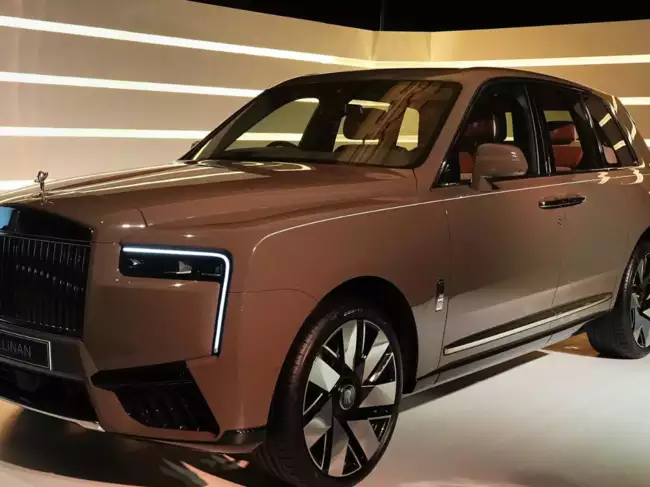The market is saturated with automobile options. There are dozens of EVs and hundreds of hybrids ; luxury sedans that (almost) drive themselves; SUVs that can crab-walk and spin; hypercars and million-dollar sports cars made to look like they’re 40 years old.
But not every advancement represents progress. Some are downright annoying. Here are the most common bugbears:
Outside the car
Poorly-placed rear pillars: “Visibility is so important, regardless of technology,” says Marcus Stewart, a New York, US based model, who had to cut short a rental recently because lines in the rear impeded his eyesight.
Plastic cladding: Keith Naughton, a Detroit, US-based expert, says automakers tend to affix these nonessential hunks of plastic to cars or SUVs to make them look bigger or tougher, but they’re nothing more than cosmetic clip-ons. “If you want the silhouette of you r vehicle to look r ugged, ju st desig n it that way,” he says. “Don’t design a bland body panel and then butch it up with bulbous plastic.”
Oversized SUVs: Cadillac’s upcoming EV is nearly 19 feet long and eight feet wide; it rolls on massive, 24-inch wheels and tyres that bulge out to 35 inches. GMC’s Hummer EV weighs more than 4,000 kg. Tesla’s Cybertruck towers more than 70 inches tall and is nearly 224 inches long — three king-size mattresses laid out top to bottom.
Inside the car
Touchscreens: Nobody likes too many screens inside their car. From the skateboard-sized screens in MercedesBenz to the tiny screens and touchpads on the steering wheel of the Ferrari Purosangue. These screens wormed their way into the zeitgeist largely through one brand: Tesla.
Giant glass roofs: These seem to be standard in most new EVs, but they make the HVAC system work overtime, which, in turn, saps the battery and range. They also leave the interior sweltering. “It’s too hot in sunny spaces,” one responder said. And on top of the temperature issues, they’re also expensive.
Imitation leather: Often touted as an eco-friendly alternative to real leather, faux suedes are made from chemicals such as polyurethane and polyvinyl chloride. Rather than being eco-friendly, these synthetics are made with plastics and other oil-based material.
The empty space: Especially in the front of an a EV where the engine would ideally be, is an empty block of space, which according to Naughton, displays “a complete lack of ingenuity”. “Think about what they are: A vast void in a spot where an engine used to be,” he says. “But if your car doesn’t need an engine, why are you still leaving space for it and putting nothing there? It’s ridiculous.”.

It’s 9 a.m. on a Friday, and I’m in a mirrored suite on the 31st floor of the Wynn Encore Las Vegas, watching an Englishman named Andi McCann practically pirouette across the carpet. “It’s like dancing, you move the head, and the body follows,” he says, turning his chest like a matador toward the November sun seeping through floor-to-ceiling windows. “Make it one smooth movement; it’s theater!”
“Opening a Rolls-Royce door should be done effortlessly and in one move,” says McCann, his posh accent as crisp as his white button-down shirt. “It’s done with legs and arms.”
As automakers like BMW AG and Mercedes-Benz Group AG race to achieve full autonomous driving, and the world’s richest man, Elon Musk, upsells driverless-ness with his robo-taxis, McCann inhabits quite a different universe.
He sits outside two pillars of thought running roughshod through the car world: There’s the full-self-driving camp pursued by companies like Musk’s Tesla Inc. , which promises to turn cars into four-wheeled mobility bots. Then there are those who demand total front-seat driving engagement, like the folks at Porsche AG who swear they will never eliminate the manual gearbox that makes some of their 911 sports cars so thrilling
